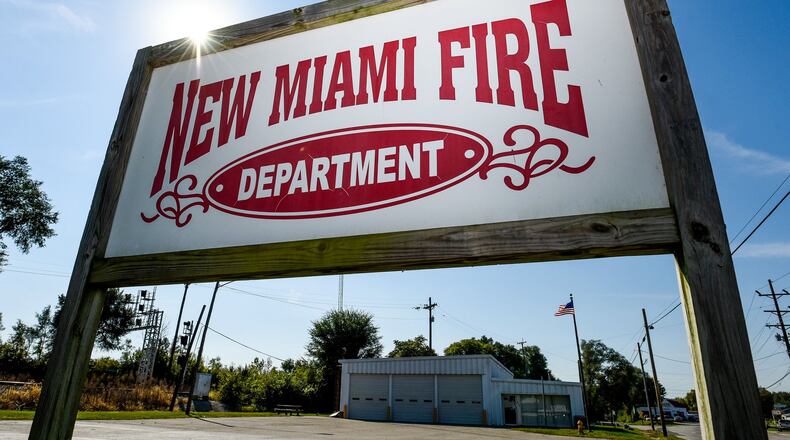The requests are coming on the heels of historic property value hikes that in turn prompted sizeable tax hikes. The average tax increase in the village was 20%. Mayor Jewel Hensley told the Journal-News they know the timing isn’t ideal but the funds are needed.
“I feel like the village has been at a standstill for years and has kind of been on a decline,” Hensley said. “We’ve just got to get in front of things and pull it back up and make this village better than it’s ever been. We can do that, it’s just going to take a lot of work, a lot of planning, a lot of working together and it’s going to take the community getting behind us and supporting us in our efforts to move forward.”
The village successfully passed a 2-mill fire levy renewal two years ago but they are back on the ballot because they sorely need a new fire truck to replace the 31-year-old engine that has failed the pump test, according to Assistant Fire Chief Shandon Hall. He said they have two trucks and another one is 21-years-old, “so we’re in desperate need of a truck.”
“It’s our second primary engine and it’s failed the pump test, a lot of the valves are leaking really bad in it,” he said. “It’s just very, very old.”
He said “if everyone pays” their taxes the additional levy will pull in $180,000 which would equal the annual payment so the levy will end when the truck is paid off. During and following the pandemic there was an extreme shortage of fire and police vehicles, with wait times as long as a year or more. Hall said they’ve been assured if the levy succeeds they should have the new vehicle within six to nine months.
Hall noted when voters are considering how to vote on Nov. 5 they should know if the levy fails, with the age of the current vehicles their property insurance will likely go up “significantly” because they’ll get dinged on their Insurance Services Office (ISO) rating.
“We have very good response times and we have hydrants everywhere, that helps,” Hall said. “But the age of the engine is going to hurt.”
The street department also needs a new funding source to continue to maintain the 19 lane miles throughout the village. Department Head Jimmy Lakes said general fund dollars only go so far and the cost of materials and equipment has increased so they need more money.
The levy would collect about $90,000. Lakes said when he arrived at the village 18 years ago the department had six people now it is just him and one other worker.
“It’s going to be tough, there’s a good chance it won’t pass but we have to at least ask,” Lakes said. “If it doesn’t pass, things won’t change much. Pothole patches is about all they’ll be able to get.”
Individual taxpayers can find their estimated tax payments if the levies were approved on the county auditor’s website.
The village went for an additional police levy two years ago and failed by a vote of 54% to 46% — an attempt also failed in 2021 — and Hensley said they knew it would be futile to go for three levies this November. The village has an existing police levy that generates $84,000 to $87,000 annually and they have been using general fund dollars to supplement all operations. The new police levy would have reaped $114,456 annually for the village.
“We’re in meetings concerning how we want to move forward with our policing and trying to make some decisions,” Hensley said. “We knew if we put all three levies out there would be no way all three of them would pass.”
For several years when speed cameras were rolling in New Miami, the village was flush with cash, but since the cameras stopped rolling in 2019, so did big revenues. Audit reports show the ending cash balances for the village were at a high of $1.66 million 2013 — the only full year of operation of speed cameras because a judge declared them unconstitutional.
The village fought for eight years against 33,000 speeders who balked at being ticketed by standalone speed catchers. The feud finally ended two years ago when the Ohio Supreme Court ended the $3.4 million lawsuit.
The village fined speeders $3 million — the third party vendor that ran the program was paid $1.2 million — and the rest was interest. The courts finally ruled in favor of the village but the state legislature instituted punitive laws that made it virtually impossible for governments to run speed cameras.
About the Author
